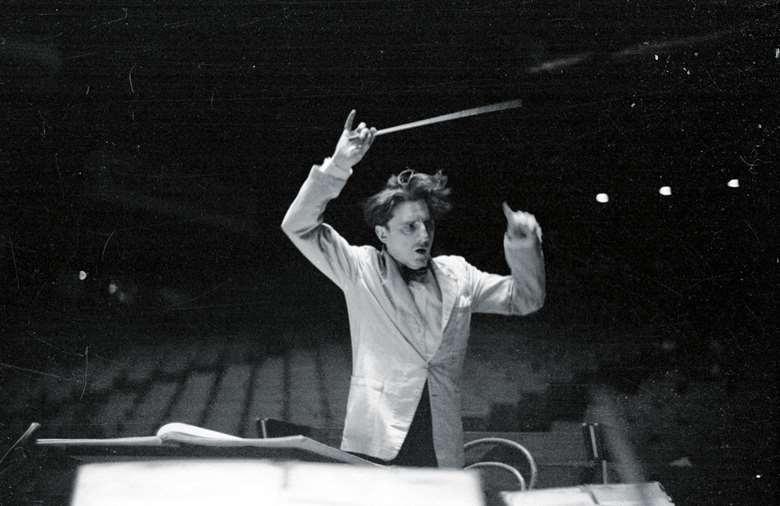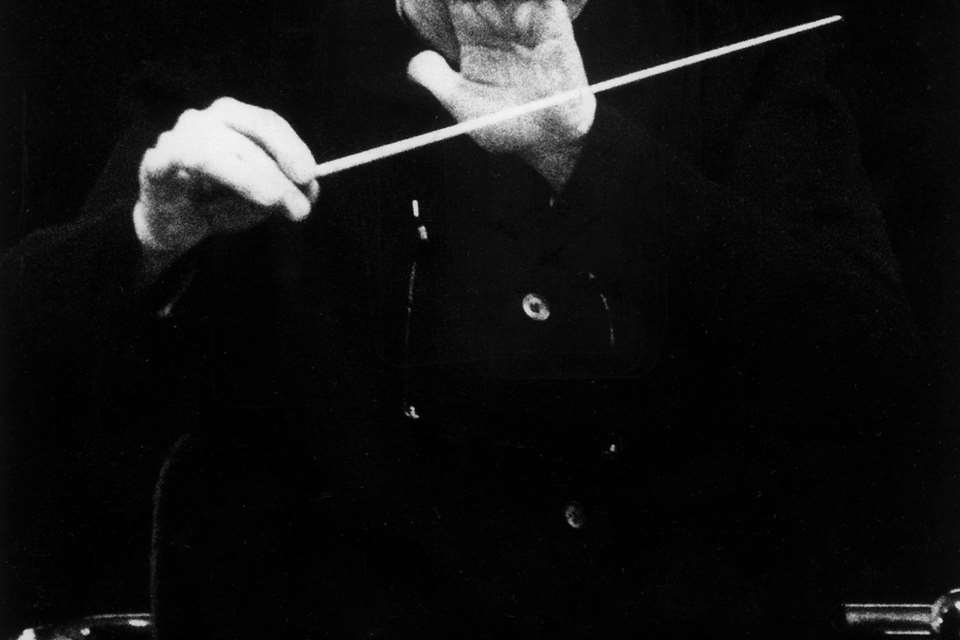John Barbirolli: A life in recordings
Tuesday, August 11, 2020
Marking 50 years since the conductor’s death, Andrew Farach-Colton chooses 10 momentous recordings

Register now to continue reading
Thanks for exploring the Gramophone website. Sign up for a free account today to enjoy the following benefits:
- Free access to 3 subscriber-only articles per month
- Unlimited access to our news, podcasts and awards pages
- Free weekly email newsletter









